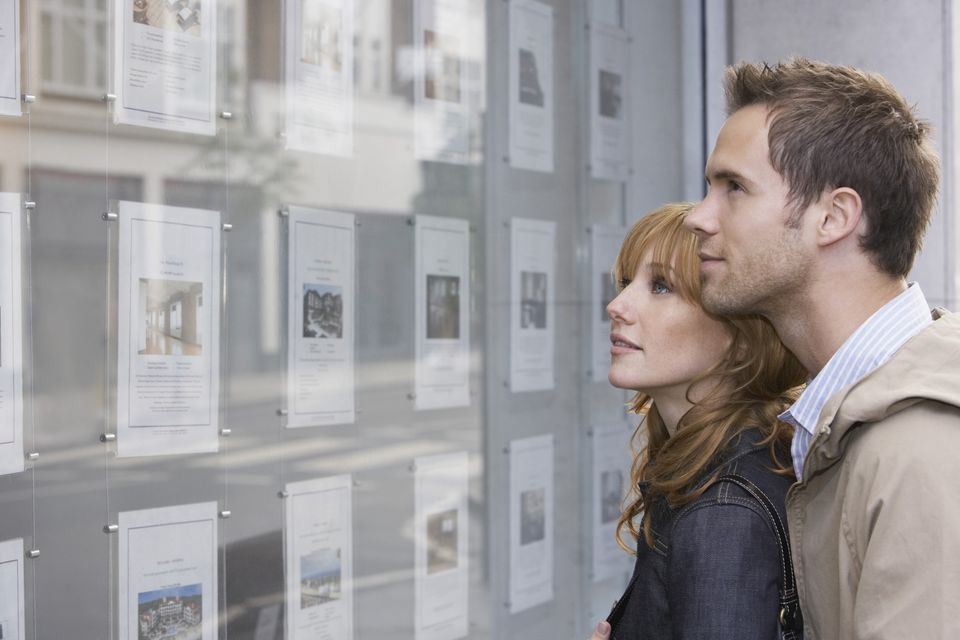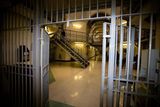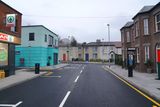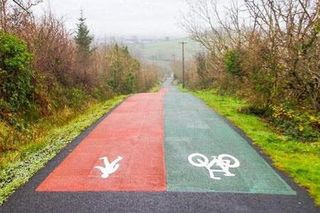Housing crisis: Couples buying pubs and shops to convert amid shortage of available homes
Prices are up 4pc despite huge deflationary forces. Photo: Stock image
The worst shortage of homes probably ever seen in Ireland has caused price inflation in almost all markets despite a barrage of deflationary conditions that would ordinarily cause home values to fall.
In some counties, estate agents report supply is so tight that couples have now started buying pubs and shops in order to convert them into homes.
Every single one of 70 estate agents surveyed cited an acute shortage of properties for sale as the key driving factor in their locality.
The data is contained within this year’s How Much Is Your House Worth? 2024 survey of 64 local Irish property markets, which also sets out to value every home in Ireland.
How Much is Your House Worth?
A guide to using this survey is available here.
Published today with the Irish Independent, it shows an average price hike of 4pc in the past 12 months, but with wide-ranging local variations – from a 15pc hike in rural Limerick to no change at all in Dublin 11, to a fall in values of 2pc in Wexford over the course of the year.
Out of 64 markets, 60 showed inflation. This is despite the dampening effects of 10 successive interest-rate hikes, which have brought the highest borrowing rates in more than a decade (cited as a cooling factor in all markets), surging home renovation and upgrade costs, and a notable flood of smaller homes to the market thanks to a fast-increasing departure of small landlords.
Read more
The survey also highlights young people being priced out of regional cities at a faster pace.
The highest price surge of 15pc is being experienced outside city limits in Co Limerick as couples born in the city (where the price of a three-bed semi has now hit €400,000) seek more affordable homes in locations such as Castleconnell and Adare.
Outside Galway city (where three-beds now cost €387,000), a movement of city-born buyers is being felt in cheaper towns such as Tuam, Athenry and Headford, and this has caused county-area prices to rocket by 10pc in 12 months.
How much is your home worth in 2024?
Cork city is an exception because schemes of new family homes are still being developed and sold on the open market.
Another factor looming large is a softening of the holiday-home market in some key tourist locations, which local agents are attributing to an increase in the cost of living and cutbacks on ancillary spending.
Wexford, long a holiday-home target of Dubliners, is a key example, with that market losing 2pc in values through the year. Other agents to report a petering out in holiday-home demand include those in Donegal and Mayo.
A key theme emerging in all markets is that people faced with a growing shortage of property for sale or to rent have been becoming increasingly resourceful and are resorting to other methods for housing.
Agents in Kerry, Carlow, Tipperary and south Kildare are among those to report interest in pub and retail properties for conversion into living spaces.
The dearth of homes for sale has also pushed buyers in many counties to look at homes which are completely derelict thanks to a new grant available for restoring these property types. A renewed interest in derelict homes is being reported in locations such as west Cork, Longford, Kerry and Tipperary.
The survey also shows small landlords are increasingly selling up – a major source of smaller homes coming to the market in all locations, ranging from 15pc to 40pc of all stock being sold. In some locations, apartment prices have not budged in a year as a result.
Their departure is already being felt in the rental market.
Agents in Limerick city and in Westmeath report that would-be renters, including transient workers coming here to work with large foreign direct investment firms, are being forced to buy cheaper properties for their stay in Ireland rather than rent as there is almost nothing available to let.
Buying is increasingly being seen as a cheaper option than renting and is also on the up among parents sending their children to regional universities.
In Cork city’s suburbs, trader-uppers have reacted to the lack of larger homes en masse, with a growing trend for acquiring older three-bed semis with big gardens and then spending hundreds of thousands extending them to double the size. They end up with what is essentially a new four or five-bed “forever home” they couldn’t otherwise buy.
But with the exception of an increased interest in grant-aided derelicts and Cork’s move towards upgrading smaller homes to larger ones, the survey also highlights that buyers are increasingly less likely to want to buy a property that needs upgrading than they were a year ago and a bigger value gap developing between homes in need of work and those that are ready to move into.
Agents cite increased building materials and labour costs, a shortage of building firms available for upgrades and a reluctance among banks to lend money towards properties that need work.
At the same time, the factors increasingly attracting buyers to pristine turnkey properties with high BER ratings include cheaper “green mortgages”, increasing energy costs and greater environmental awareness among buyers.
Almost all agents reported a widening “BER gap”, which means similar properties in the same street can be increasing and decreasing in value at the same time.
Many Dublin postcodes with largely older housing stock reported widely falling values for larger older home types especially. Among those areas with the least price inflation were mature suburbs such as Dublin 11 and Dublin 7 (0pc); Dublin 2 and 9 (up 1pc); and Dublin 1, 2, 5 and 6W (up 2pc). Even in expensive older areas such as Dublin 4, 1960s, 70s and 80s mews homes failed to add value, while in Dublin 2, the largest period properties saw their sale prices falling by €70,000 through the year on the back of escalating refurbishment costs.
Finally, almost all agents surveyed reported an increased reluctance among older couples in larger homes to ‘right size’ or trade down; for fear that they would not be able to acquire another smaller home after selling their existing one.
A lack of new apartments and smaller new homes coming up for open sale is a key factor here, where most blocks are being built to let. The result has been an increasingly bunged-up market in which downsizers are staying put, with the result that there are fewer larger homes available. In turn, this causes owners of average homes to stay put.
How Much Is Your House Worth? 2024 is free today with the Irish Independent and online at Independent.ie. It includes detailed analysis of 64 local property markets based on research conducted with more than 70 local property professionals, with tables to value homes and compare with last year.
Join the Irish Independent WhatsApp channel
Stay up to date with all the latest news















